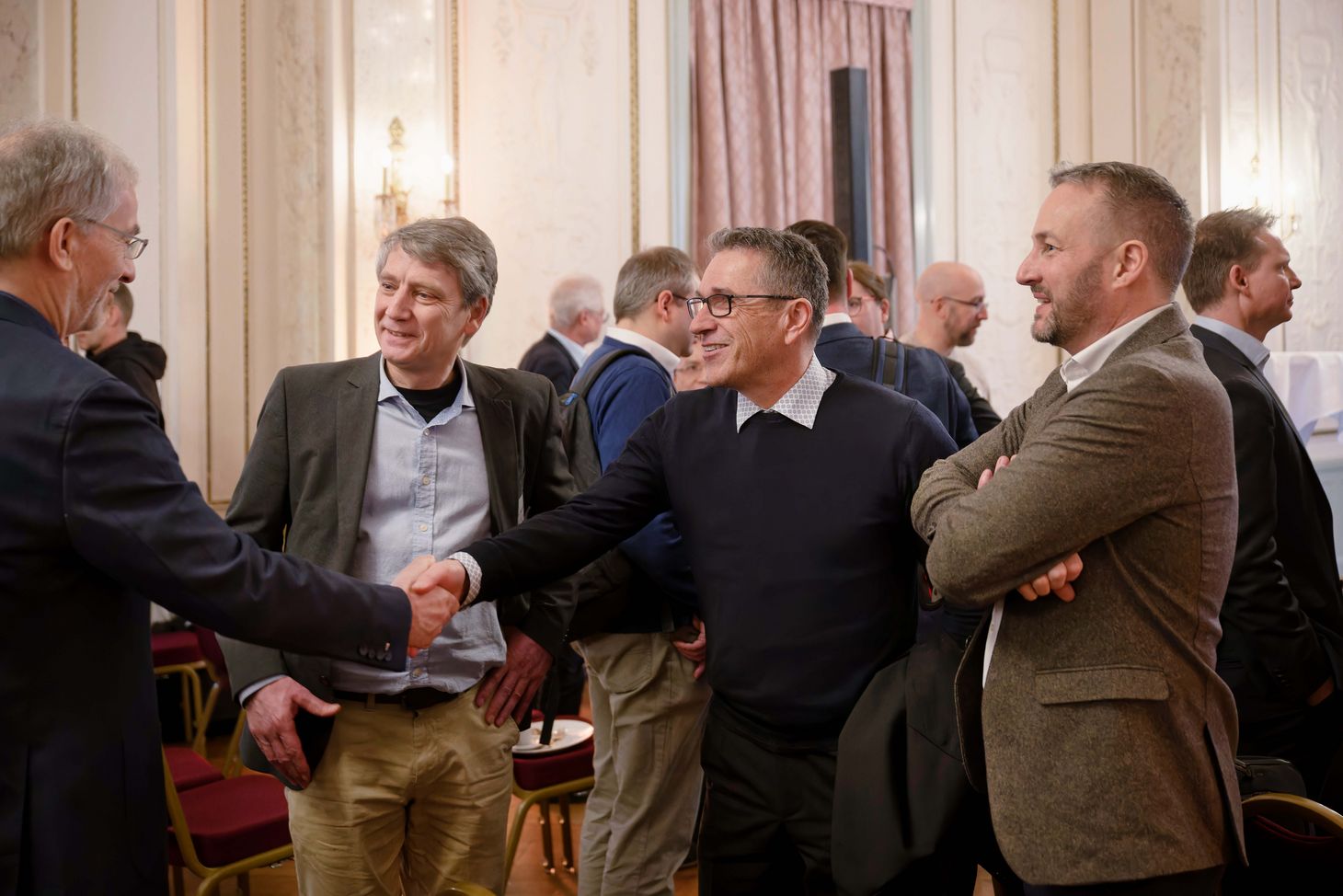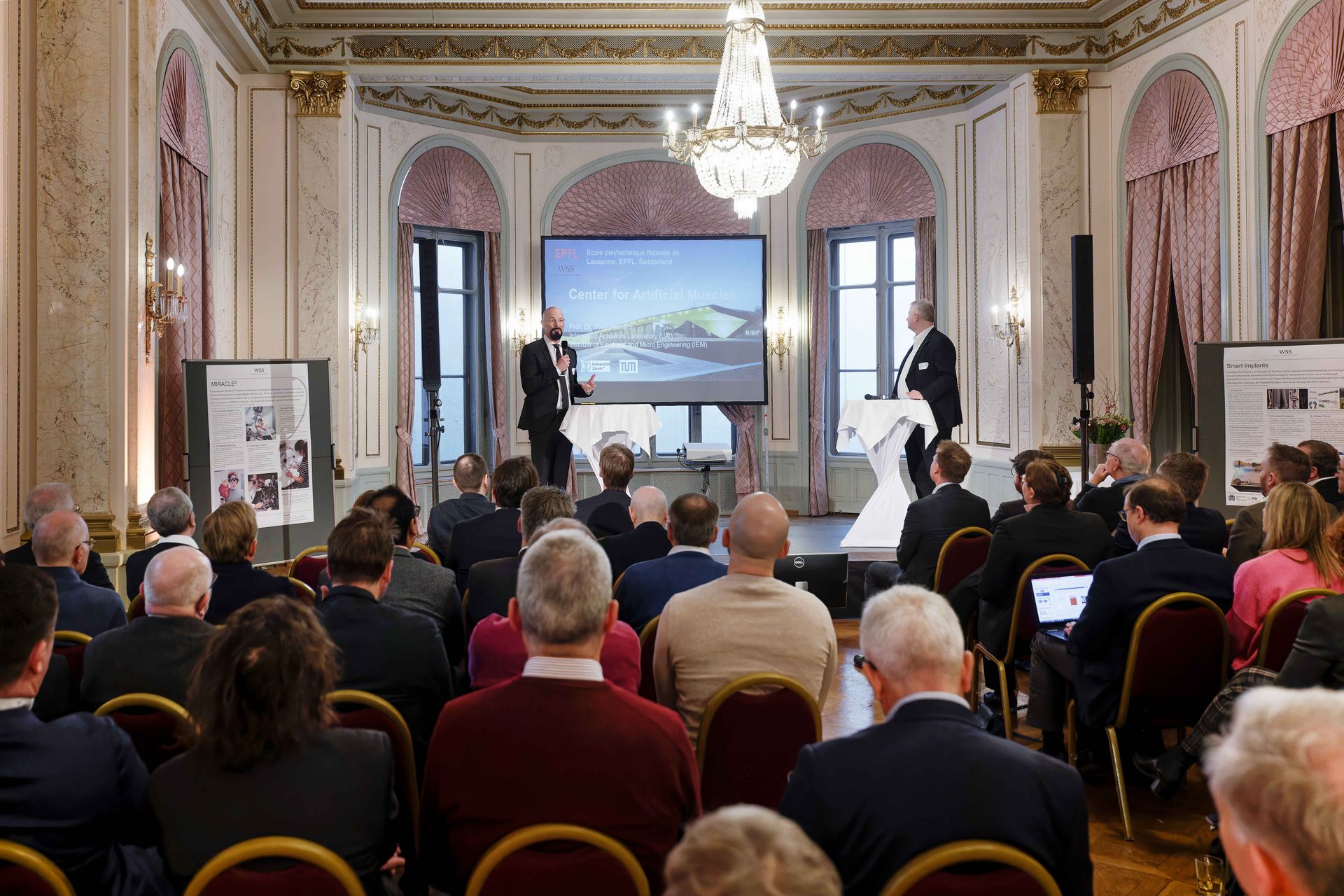
Valuable new connections
In January, leaders of the research projects financed by the Werner Siemens Foundation met for the first time at a networking event held in Lucerne—a meeting of minds that was a success from start to finish.
Academic conferences are often the cherry on top for researchers, as they offer a golden opportunity for presenting projects, discussing findings—and networking. As a rule, these conferences are highly specialised, and experts confer with their colleagues from the same discipline.
However, while these kinds of in-depth, specialised discussions are essential in the world of research, learning about, and from, outside disciplines can inspire new ideas. Enabling this sort of interdisciplinary exchange was exactly what the Werner Siemens Foundation (WSS) intended when it organised the first-ever event for the project leaders of the research it finances. Each an outstanding endeavour in its own right, the WSS-funded projects are from areas as diverse as quantum mechanics, deep geothermal energy, biotechnology, computer science, viral research and medical technology.
This innovative diversity was on full display at the inaugural WSS project leader conference held in January 2024 after the award ceremony for the WSS project of the century. Bernd Pichler, WSS Scientific Advisory Board Member, opened the first thematic series of projects from medicine and medical technology with his presentation of the Werner Siemens Imaging Center in Tübingen, which he heads. Afterwards, six other projects in this area were introduced—from MIRACLE II at the University of Basel, where the aim is minimally invasive, robot-guided bone surgery, on to the project at the Center for Artificial Muscles in Neuchâtel and the palaeobiotechnology project in Jena, where researchers are seeking antibiotic agents in the dental plaque of early humans.
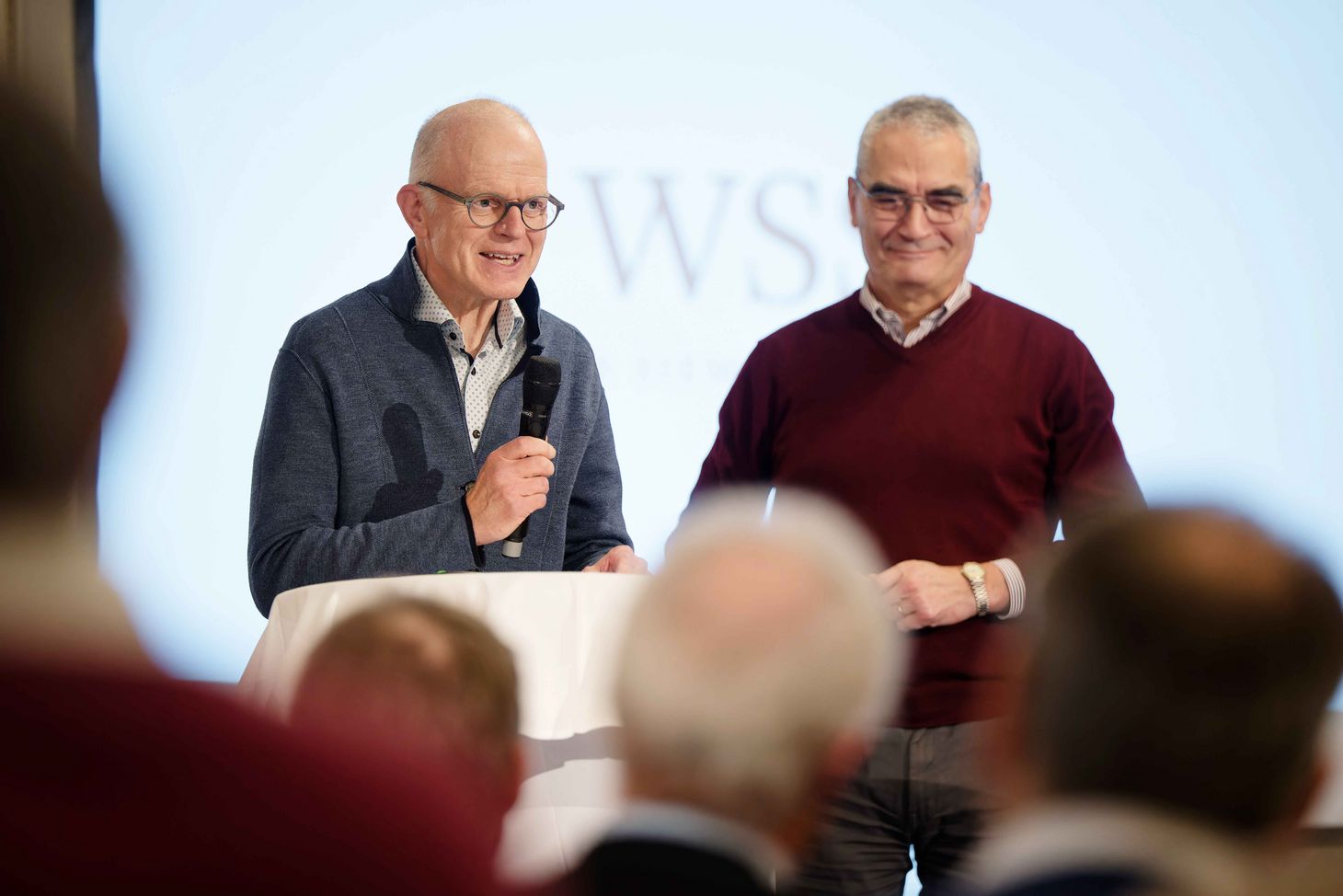
Learning from one another
Despite all the differences, certain commonalities among the projects soon became apparent. For instance, just as in MIRACLE II, researchers in the smart implants project in Homburg are also working in the area of bone surgery. Specifically, they’re working on intelligent implants that not only monitor the healing process but also activate it by triggering targeted movements at a fracture site.
Common ground is also shared between MIRACLE II and the TriggerINK project in Aachen, where the team are aiming to use a robot-guided 3D printer to insert their revolutionary bio-ink—that will enable cartilage tissue to regrow—into the bodies of patients. As Matthias Wessling, co-project leader of TriggerINK explained, the researchers know the printer nozzle first has to reach the patient’s knee joint—just as the minimally invasive robotic laser in the MIRACLE II project has to go all the way down to the bone. “We should definitely trade notes with the MIRACLE II team,” Wessling said.
“Crazy” projects
Peter Seitz, WSS Scientific Advisory Board Member moderated the second round of presentations for projects from the natural sciences and engineering. As he put it, the researchers from Germany, Austria and Switzerland introduced projects that at times have “crazy” aims. In Zurich, for example, a team are developing electronic circuits that can be switched off and on using a single atom, while in Klosterneuburg near Vienna, a researcher wants to generate electricity from temperature differences in materials. And computer scientists in Zurich and Bonn are working on a security system for digital transactions that is one-hundred percent trustworthy.
In the third round, which was moderated by Gerald Haug, also a member of the Scientific Advisory Board, six projects from the earth sciences were presented. Haug himself showed a film about “his” research vessel, the Eugen Seibold, and its crew who have been sailing the high seas and studying the complex interactions between the oceans and the atmosphere for several years already. Other topics are deep-sea environmental monitoring, deep geothermal energy, climate-friendly reinforced concrete, and policy instruments to promote the sustainable use of natural resources.
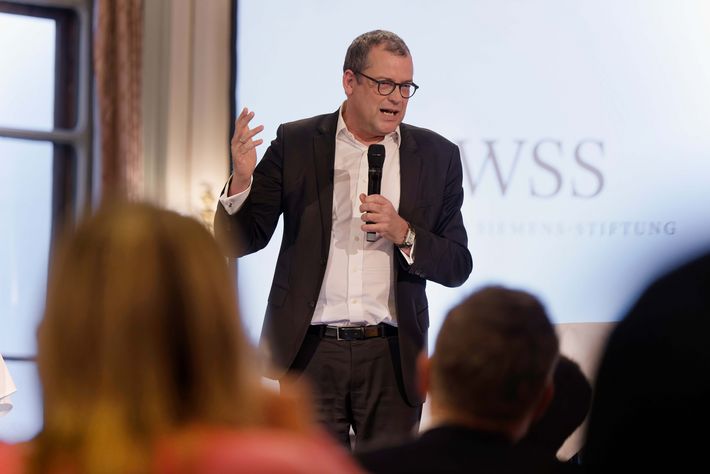
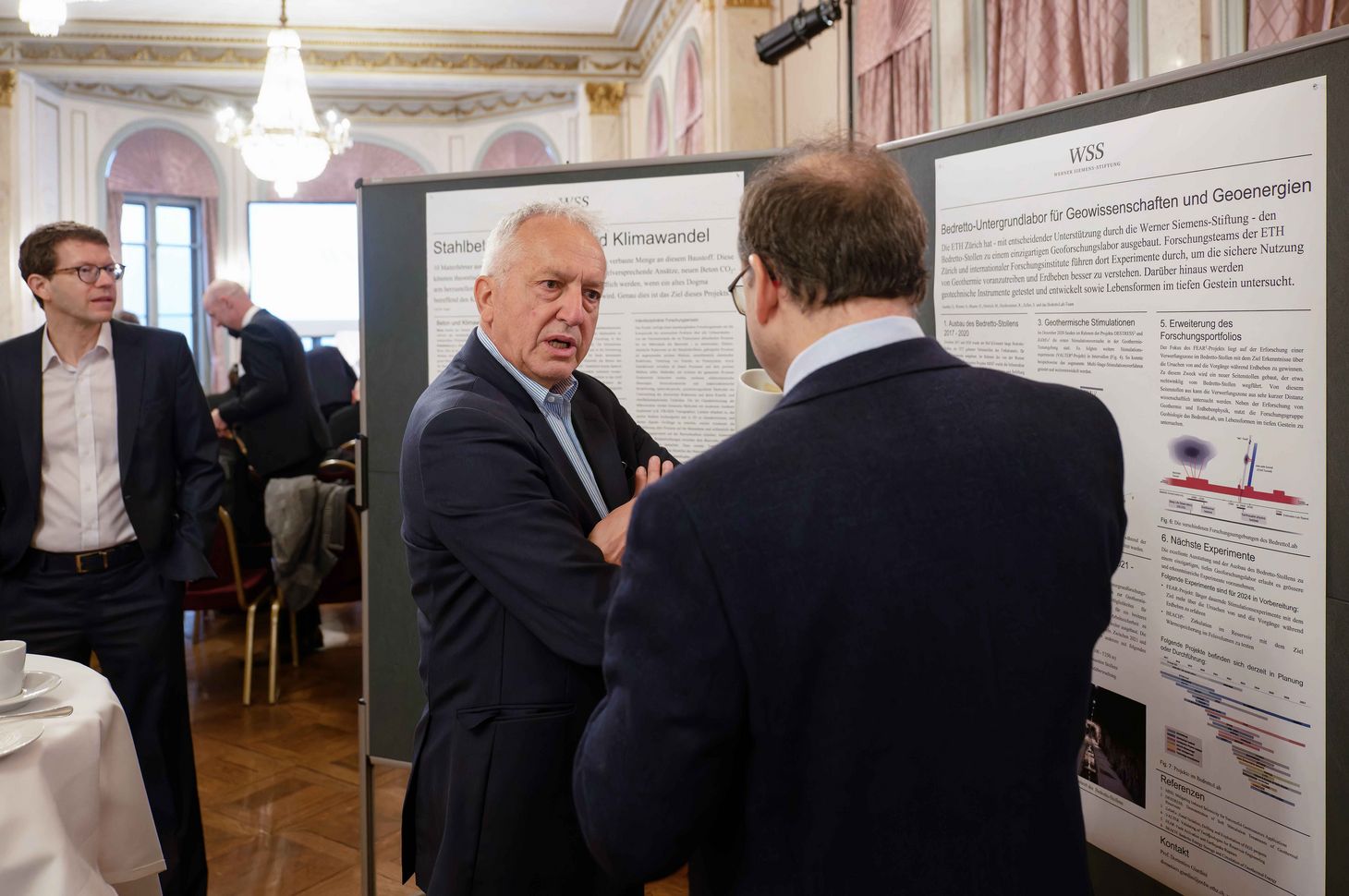
Staying in touch
In his closing speech, WSS Scientific Advisory Board Member Matthias Kleiner called the presentations a “fireworks display of science”. He encouraged the researchers to take advantage of the contacts they made and to stay in touch. “That could be as simple as creating a WhatsApp group to discuss materials,” he said.
Kleiner also suggested holding a follow-up networking event in about two years. Hubert Keiber, Chair of the WSS Foundation Board, voiced his support for the idea. Indeed, given how much the researchers appreciated the event, there seems little to prevent a repeat of the WSS project leaders conference.
